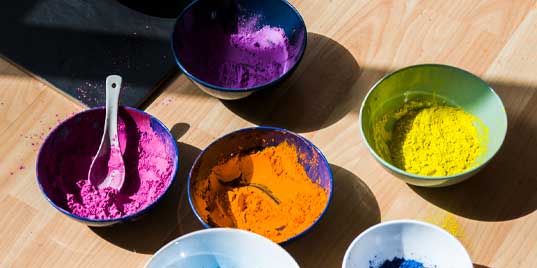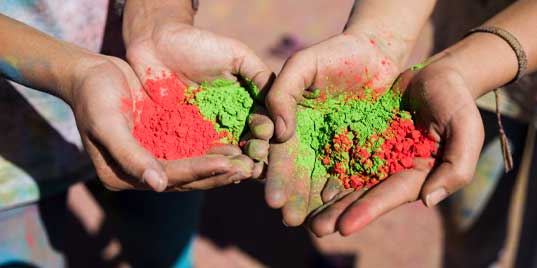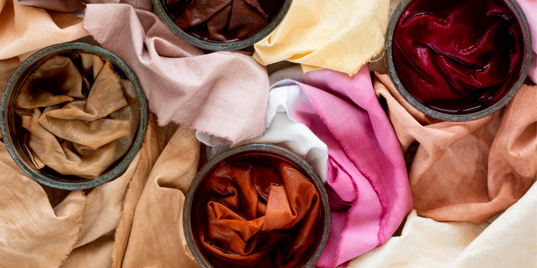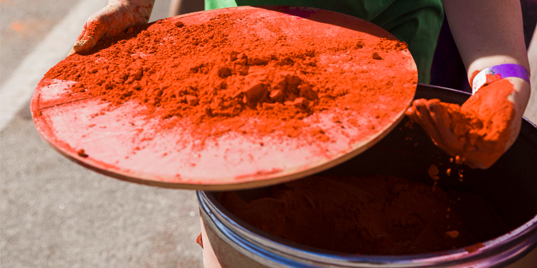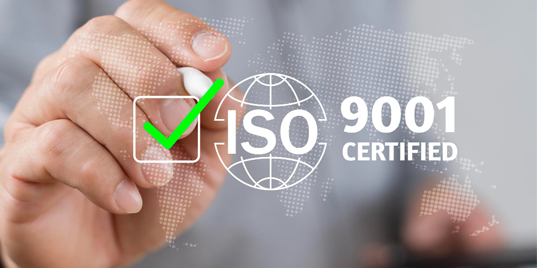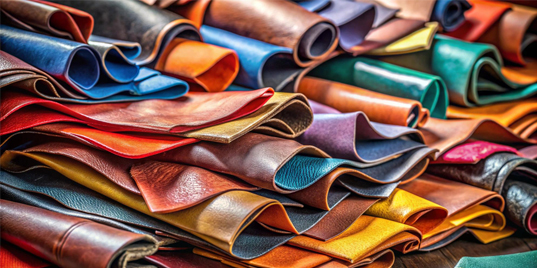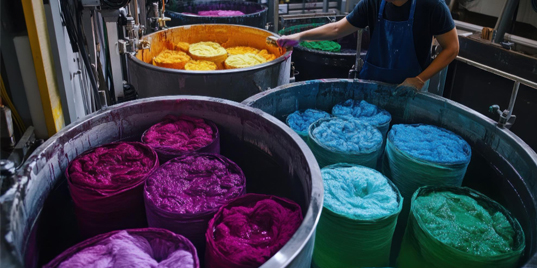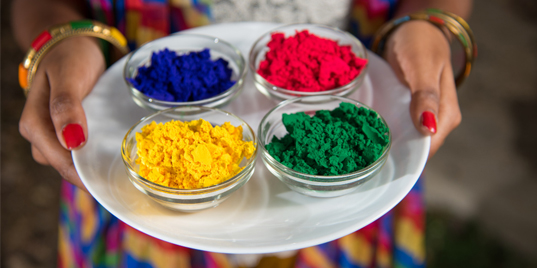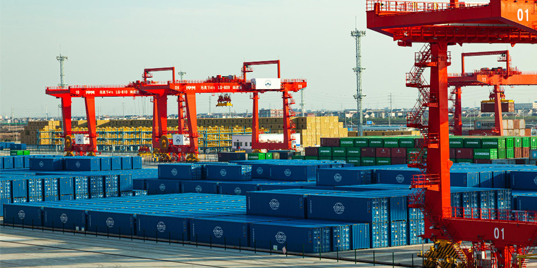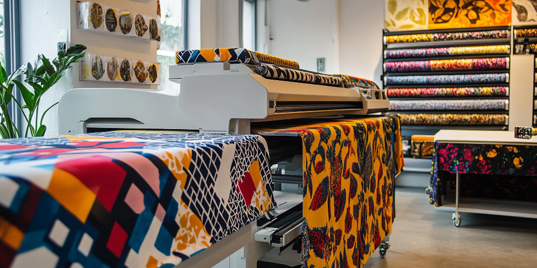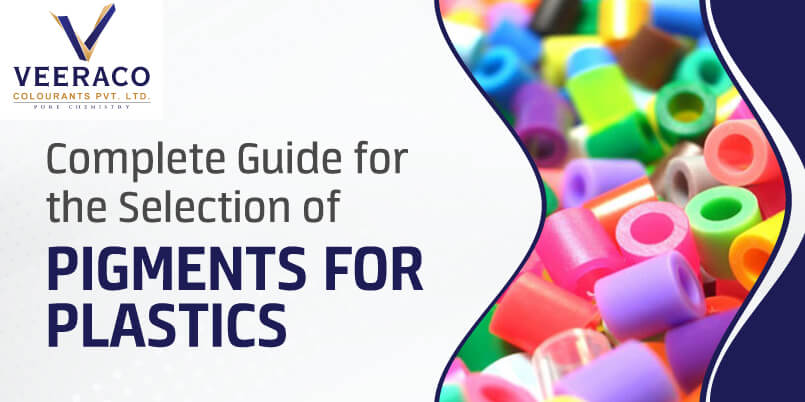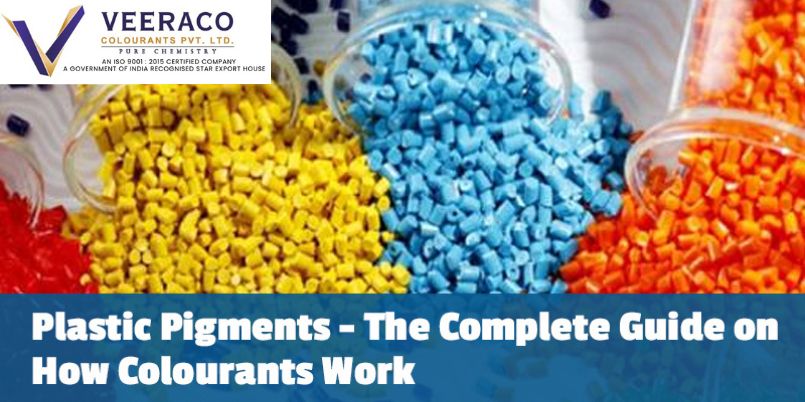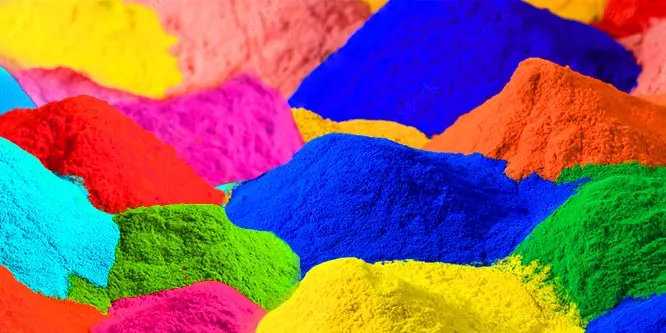
Quality Pigments for Asia Pacific: The Indian Manufacturing Advantage
- Admin
- Oct 15, 2025
Quality Pigments for Asia Pacific: The Indian Manufacturing Advantage
Asia Pacific represents the world's largest and fastest-growing market for pigments, driven by booming textile, paint, plastics, and coating industries. Indian pigments suppliers have emerged as key partners for regional manufacturers, offering quality products, competitive pricing, and strategic geographic positioning. This guide helps Asia Pacific buyers optimize sourcing from Indian pigments manufacturers.
Asia Pacific Pigments Market Dynamics
Massive Regional Demand
Asia Pacific accounts for over 60% of global pigments consumption. China leads in absolute volume, but Southeast Asian countries show the fastest growth rates. Bangladesh's textile industry expansion, Vietnam's manufacturing boom, Indonesia's economic growth, and India's domestic market all drive pigments demand.
Manufacturing Relocation
Companies diversifying supply chains beyond China create opportunities for alternative sources. India benefits from this diversification as both a pigments supplier and manufacturing location.
Quality Expectations Rising
As regional manufacturing sophisticates, quality requirements increase. Price alone no longer determines sourcing decisions. Quality consistency, technical support, and reliability grow in importance.
Why Asia Pacific Buyers Choose Indian Pigments
Geographic and Logistic Advantages
India's location optimizes Asian supply chains. Shipping to Southeast Asia takes 5–12 days, faster than European or American suppliers and competitive with Chinese distances. Multiple daily flights connect Indian cities with Asian business centers enabling rapid sample delivery and business travel.
Competitive Quality-Price Balance
Indian manufacturers offer compelling quality-price combinations. While Chinese suppliers may offer lower prices for commodity grades, Indian products often provide better quality at competitive pricing. For specialty pigments and high-performance applications, Indian manufacturers deliver quality approaching or matching Western standards at Asian pricing.
Product Range Breadth
Leading Indian manufacturers maintain comprehensive portfolios: organic pigments (azo, phthalocyanine, quinacridone), inorganic pigments (iron oxides, titanium dioxide, chrome oxides), specialty effect pigments, and customized formulations. Broad ranges enable consolidated sourcing reducing supplier management complexity.
Technical Support and Service
Indian suppliers generally provide superior technical support compared to Chinese competitors. English language proficiency, customer service orientation, and technical expertise create service advantages. Application support, troubleshooting assistance, and custom development capabilities add value beyond product supply.
Flexibility and Responsiveness
Indian manufacturers demonstrate greater flexibility in minimum order quantities, custom formulations, and delivery scheduling compared to larger Chinese manufacturers often requiring large minimum orders. This flexibility suits smaller regional manufacturers and those requiring specialized products.
Key Asia Pacific Markets for Indian Pigments
Bangladesh Textile Industry
Bangladesh ranks among the world's largest textile exporters. Rapid industry growth drives substantial pigments demand for textile printing, dyeing, and finishing. Indian proximity enables fast shipping (3–7 days Kolkata to Chittagong). Cultural similarities and strong trade relationships facilitate business.
Vietnam Manufacturing Boom
Vietnam's diversified manufacturing includes textiles, footwear, plastics, and coatings. Foreign investment drives growth creating pigments demand across multiple sectors. Competitive labor costs attract global brands, and quality requirements reflect international standards. Indian pigments meet these needs at competitive prices.
China Market Complexity
While China produces significant pigments domestically, quality-conscious manufacturers source specialty grades internationally. Indian suppliers serve niches where quality, consistency, or unique properties justify imports.
Indonesia Growth Markets
Indonesia's large population and economic development drive domestic consumption. Textiles, paints, plastics, and construction materials all require pigments. Regional manufacturers seek reliable import sources complementing domestic supply.
Other Regional Markets
Thailand, Philippines, Malaysia, and other Southeast Asian nations maintain manufacturing bases requiring pigments. While individually smaller than major markets, collectively they represent substantial demand.
Product Applications Across Asia Pacific
- Textile Applications: Textile printing and dyeing represent major pigments application. Pigment printing technology growing in popularity requires specialized pigment formulations. Dispersion pigments for textile printing, pigments for yarn dyeing, and specialty textile applications all create demand.
- Paint and Coatings: Asia Pacific construction boom drives architectural coatings demand. Industrial coatings for automotive, appliances, and manufacturing require high-performance pigments. Decorative paints increasingly adopt sophisticated color palettes requiring diverse pigment ranges.
- Plastics and Polymers: Plastics manufacturing across Asia Pacific needs pigments for consumer goods, packaging, automotive parts, and industrial products.
- Ink and Printing: Publishing, packaging, and commercial printing industries require ink pigments. Digital printing growth creates demand for specialized pigment formulations.
- Other Applications: Paper, leather, cosmetics, and niche uses add to regional pigments demand.
Quality Standards for Regional Markets
- International Certifications: ISO 9001 represents baseline expectations. Manufacturers serving international brands may need ISO 14001 environmental certification or industry-specific standards.
- Testing Capabilities: Modern laboratories demonstrate quality commitment through spectrophotometry, chromatography, and particle size analysis.
- Consistency Documentation: Batch-to-batch consistency data and statistical process control indicate mature manufacturing.
Logistics Across Asia Pacific
Shipping Routes and Times
Regular shipping connects Indian ports with:
- Singapore (7–10 days)
- Port Klang/Malaysia (8–12 days)
- Chittagong/Bangladesh (3–7 days from Kolkata)
- Ho Chi Minh/Vietnam (8–12 days)
- Jakarta/Indonesia (10–14 days)
These transit times enable responsive supply chains competitive with intra-Asian shipping.
Port Infrastructure
Major Asian ports offer efficient handling. Singapore, Port Klang, and others maintain world-class facilities. Even smaller regional ports improve infrastructure supporting trade growth.
Multi-Modal Options
For landlocked areas or specific locations, multi-modal transport combining sea and road or rail optimizes delivery.
Payment and Commercial Terms
Flexible Payment Options
Indian suppliers typically accommodate regional payment preferences. Letters of credit remain common, though established customers may receive open account terms. Some suppliers accept regional payment platforms or methods suiting local practices.
Currency Considerations
Transactions typically occur in USD, though some suppliers accept other currencies. Exchange rate fluctuations affect pricing, so clarifying currency terms prevents misunderstandings.
Veeraco's Asia Pacific Expertise
Veeraco Colourants serves Asia Pacific markets extensively. We understand regional requirements, business practices, and quality expectations across diverse countries. Our product range spans applications common across the region. Technical support teams provide application guidance relevant to Asian manufacturing.
Efficient shipping to regional ports and established logistics relationships ensure reliable delivery. We work collaboratively building partnerships supporting mutual growth.
Conclusion
Asia Pacific's dynamic manufacturing growth creates substantial opportunities for Indian pigments suppliers. Geographic proximity, competitive quality-price balance, comprehensive product ranges, and strong service position India advantageously. Regional buyers benefit from evaluating Indian suppliers as alternatives or complements to existing sources, potentially improving quality, service, or costs while diversifying supply chains.
Contact Veeraco to discuss Asia Pacific requirements and experience our regional expertise supporting your manufacturing success.

